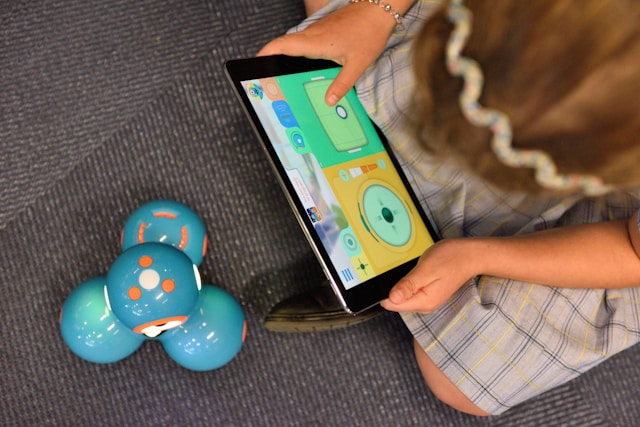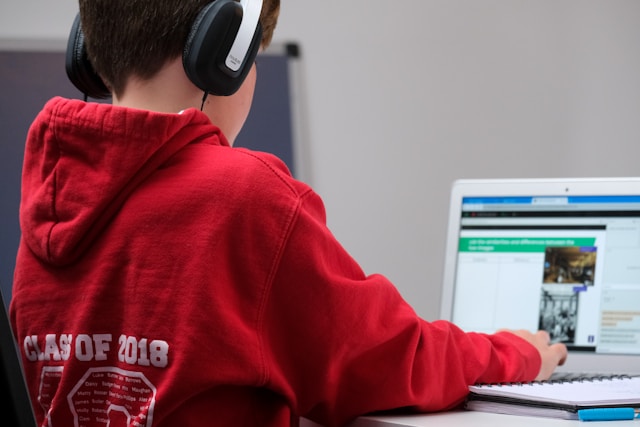
Virtual Reality (VR) technology is a fascinating advancement that has captured the imagination of many, including our children. Among the leading VR headsets on the market is the Meta Quest, renowned for its advanced features and user-friendly design. Yet, despite its allure, it’s essential for parents to understand why the use of such devices is limited for children, especially those under 13.
Virtual reality headsets for children have become increasingly popular, offering immersive experiences that can transport users to new worlds, enhance learning, and provide unparalleled entertainment. However, when it comes to children, the use of VR headsets needs to be approached with caution.
VR technology offers interactive and engaging experiences that are highly attractive to children. VR games for kids, educational VR for children, and virtual tours are just a few examples of how VR can captivate a young audience. The immersive nature of VR can make learning fun and interactive, potentially enhancing educational outcomes.
Children are naturally curious and eager to explore new technologies. VR headsets tap into this curiosity, offering experiences that are far more engaging than traditional screens. The sense of presence in a virtual world can be particularly appealing, making VR an exciting prospect for kids.
While VR headsets like the Meta Quest offer exciting opportunities, it’s crucial to weigh these benefits against the potential risks of prolonged use.
One of the most immediate and pressing concerns is the impact on eye health. VR headsets can lead to digital eye strain, characterized by symptoms such as headaches, blurred vision, and dry eyes. For children, these effects are even more pronounced, with the potential for long-term vision problems if not managed properly.
VR headsets, despite their advancements, are not lightweight. For children, extended use can cause neck and head strain, leading to pain and discomfort. This physical burden is particularly concerning given that children’s musculoskeletal systems are still developing.
The blue light emitted by screens can disrupt natural sleep cycles, a well-known issue with all digital devices. The immersive nature of VR amplifies this problem, making it harder for children to fall asleep and maintain healthy sleep patterns, especially if they use VR headsets before bedtime.
The immersive and often isolating experience of VR can impact cognitive and emotional development. Prolonged VR use might hinder a child’s ability to distinguish between virtual and real worlds, reducing opportunities for real-world social interactions. These interactions are crucial for developing social skills and emotional intelligence.
VR sickness, akin to motion sickness, is a significant concern. Children are particularly susceptible to this, experiencing symptoms such as dizziness, nausea, and fatigue. These symptoms can discourage further VR use and cause lingering discomfort, impacting a child’s overall well-being.
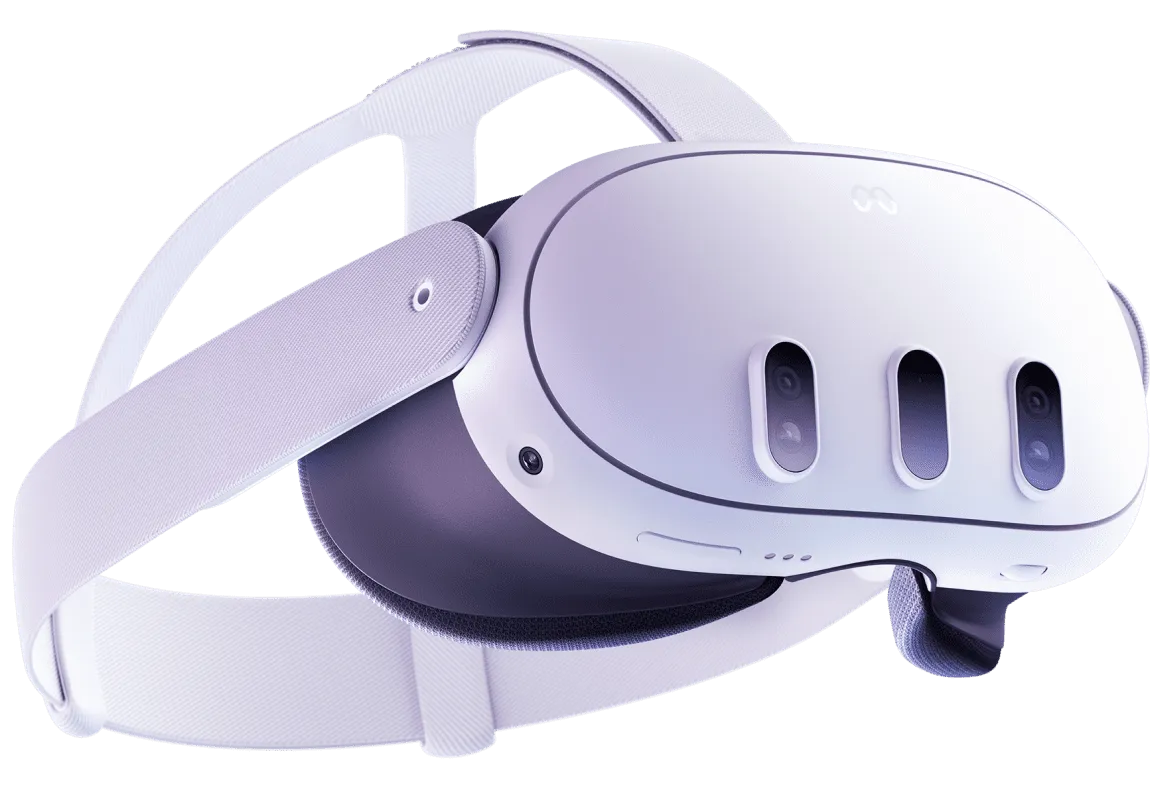
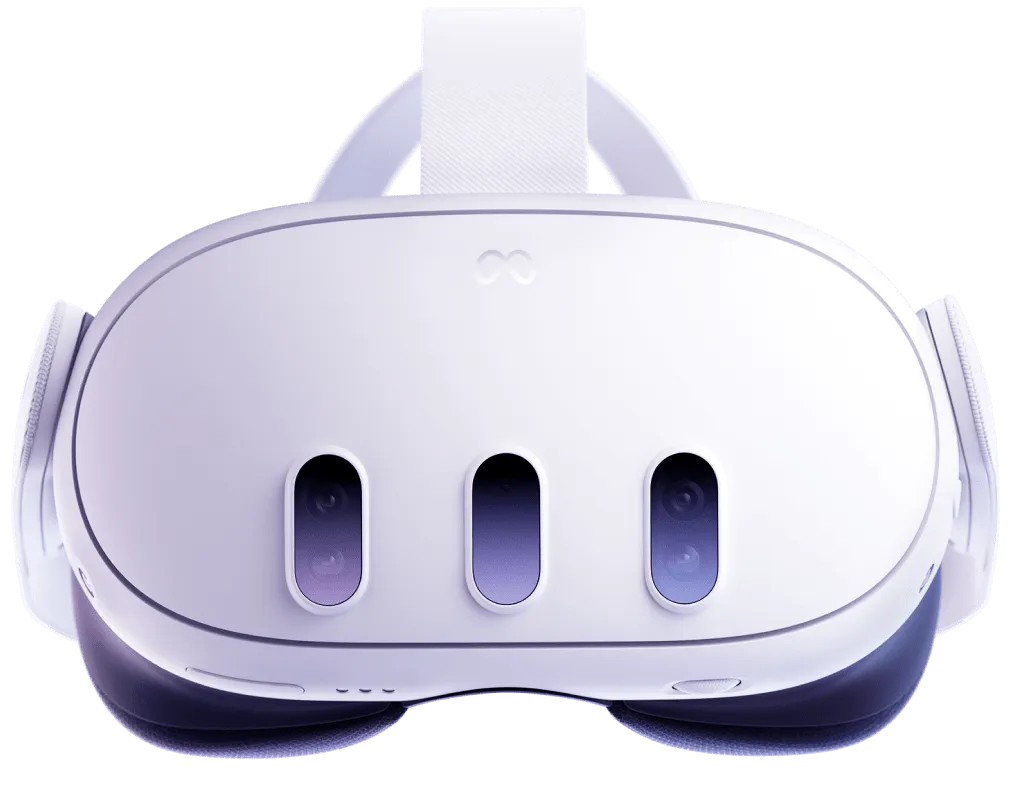
Meta Quest, like many other VR manufacturers, recommends their headsets for users aged 13 and older. This isn’t just a random age cutoff—there are significant reasons behind this guideline.
Children are in a constant state of growth and development, making them particularly vulnerable to physical strain from VR headsets. The Meta Quest, for instance, can exert considerable pressure on a child’s neck and eyes due to its weight and the proximity of the screens. This strain can lead to immediate discomfort and potential long-term health issues.
Extended screen time is already a well-documented concern for children, and VR headsets magnify this issue. The Meta Quest’s screens are mere inches from the eyes, increasing the risk of eye strain, dryness, and potentially contributing to the development of myopia (nearsightedness). Given that children’s visual systems are still maturing, this exposure can have more severe consequences.
Navigating a virtual environment can be disorienting, especially for children whose balance and coordination are still developing. The immersive nature of VR can lead to a disconnect between what the eyes see and what the body feels, causing VR-induced motion sickness. Symptoms such as dizziness and nausea are common and particularly troubling for younger users.
Children’s cognitive and psychological development is another critical area of concern. Prolonged immersion in VR environments can blur the boundaries between virtual and real worlds, potentially affecting a child’s perception and cognitive growth. This can have repercussions on their attention span, social skills, and emotional regulation.
Given these potential risks, it’s imperative for parents to manage their children’s VR experiences carefully. Here are some recommendations to help you navigate this new technology responsibly:
Respect the manufacturer’s guidelines and limit VR headset use to children aged 13 and older. This simple step can help mitigate many of the physical, visual, and cognitive risks associated with VR use in younger children.
For older children, it’s essential to limit the length of VR sessions. Encourage regular breaks to reduce the risk of eye strain and physical discomfort. A practical approach is the 20-20-20 rule: every 20 minutes, take a 20-second break and look at something 20 feet away.
Be vigilant for signs of VR sickness or eye strain. If your child experiences symptoms such as dizziness, headaches, or eye discomfort, stop VR use immediately and consult a healthcare professional if symptoms persist.
Ensure VR use is balanced with other activities that promote physical activity, social interaction, and real-world engagement. Encourage outdoor play, reading, and other hobbies that do not involve screens to provide a healthy mix of experiences.
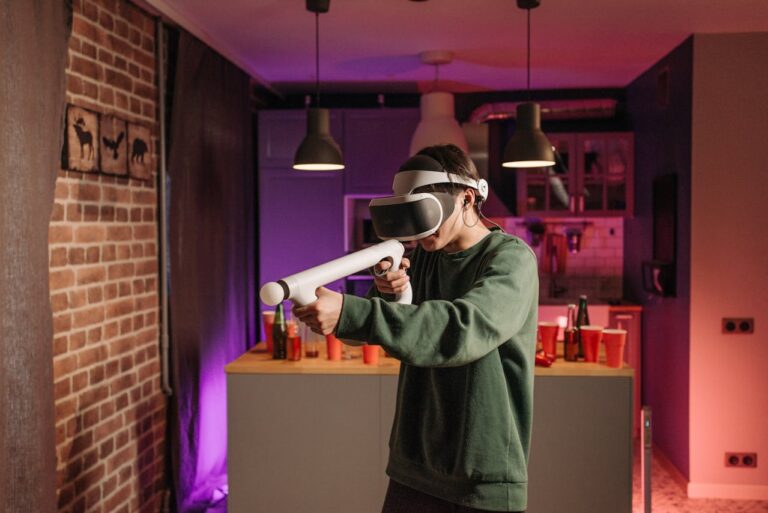
While VR technology like the Meta Quest offers incredible and immersive experiences, understanding its limitations and risks is crucial for safeguarding our children’s health and development. By adhering to age restrictions, limiting session lengths, monitoring for symptoms, and promoting a balanced range of activities, parents can help ensure that their children enjoy the benefits of VR without compromising their well-being. As with all technology, responsible use is key to maximizing its potential while minimizing its risks. It is our duty as parents to navigate this digital landscape wisely, ensuring our children grow up healthy and well-rounded.
In conclusion, when considering VR headsets for kids, it’s important to prioritize safe VR headsets for kids and ensure that kids’ virtual reality experiences are positive and developmentally appropriate. By carefully selecting child-appropriate VR content and managing usage, we can harness the benefits of VR while protecting our children from its potential harms.

